Structurist Relief No. 2 1966
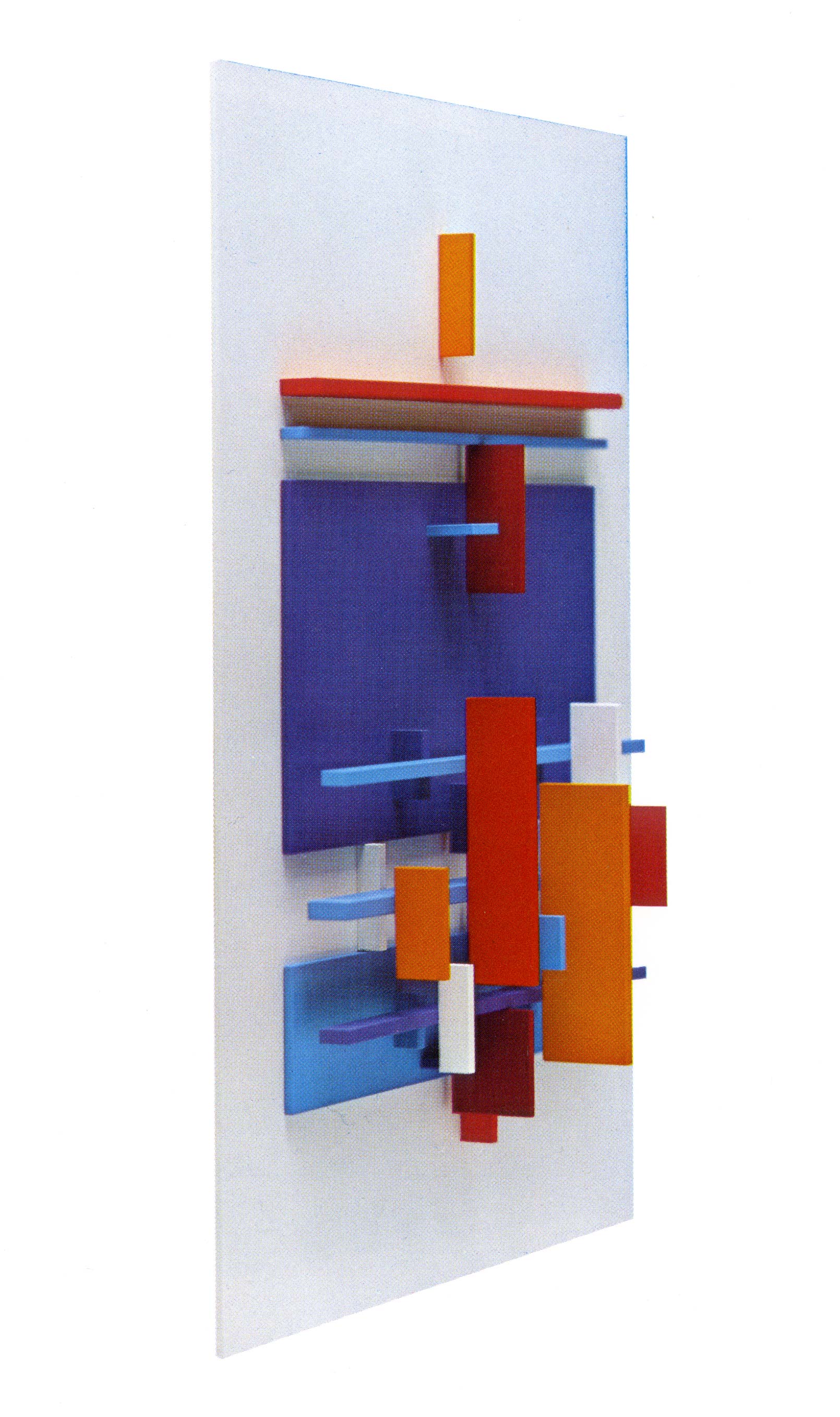
Eli Bornstein, Structurist Relief No. 2, 1966
Enamel on wood and Plexiglas, 86.4 x 61 x 15.6 cm
Private collection
Most Structurist reliefs, whether by Bornstein or his colleagues, had tended to project their 3-D relief compositions out in front of an otherwise impassive neutral background plane. Bornstein began to question the limitations of this way of working in a new series of reliefs, the Sea Series, which he originally conceived in 1964 during a summer stay on the coast of Southern California, and then continued to develop for several years. His objective was to set up a tighter interrelationship between figure and ground. This happens when, as in his sprightly summer-day Structurist Relief No. 2, the artist inserts into his composition two broad planes of blue—one above the other—one lighter, and another darker (intimations of sea and sky?), splayed out flatly behind the Technicolor interplay of the thin relief elements that jut out sharply in front of them.
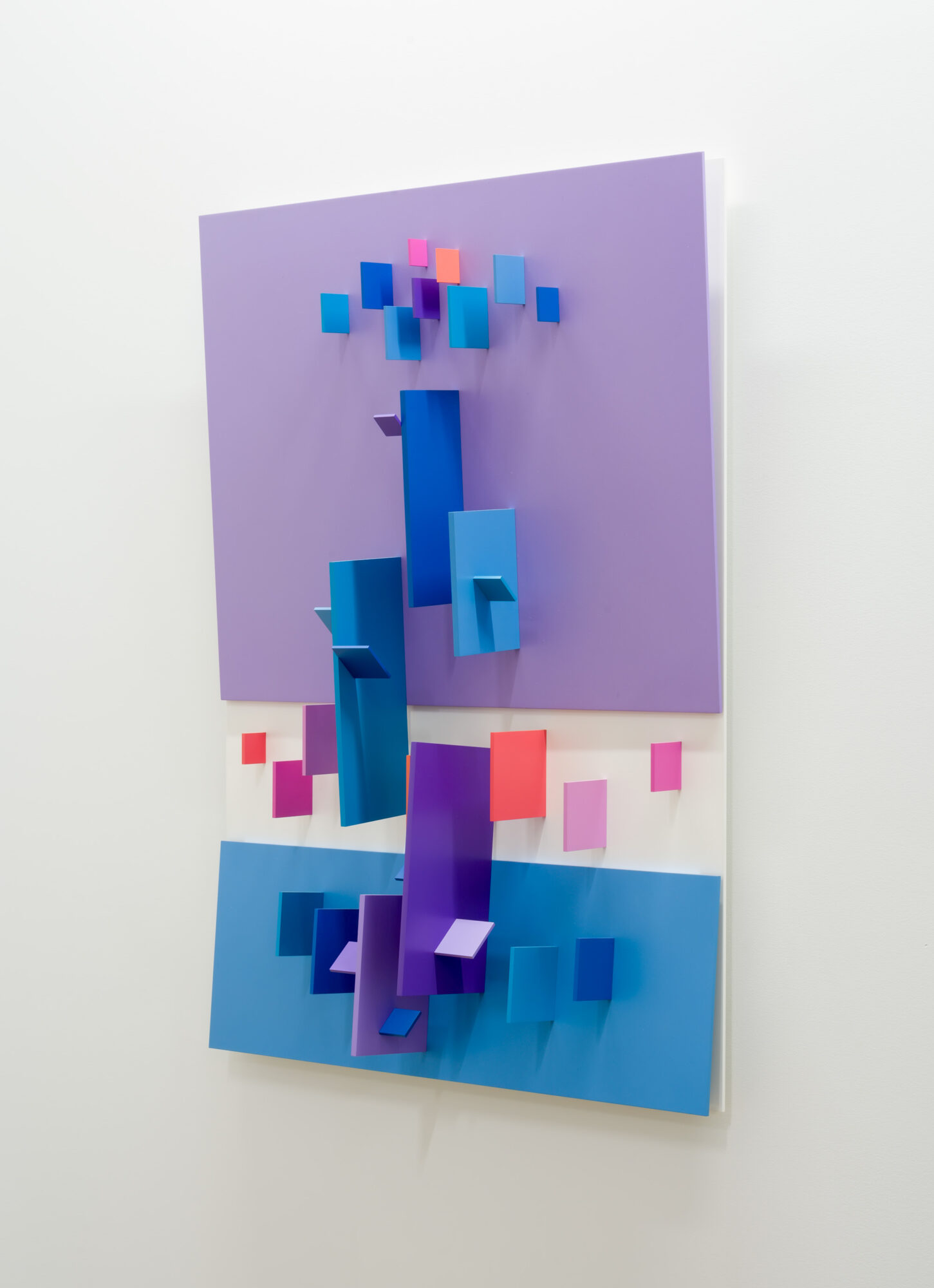

These two planes remain co-extensive with the white ground, but they are now both formally and chromatically activated and integrated with the relief components in front of them. At the same time, they play an expressive role of their own. If back and front merge compositionally, the two flat blue planes nevertheless move at their own pace. They are broad and spread out, measured and slow, their quiet a marked contrast to all the foreground near-at-hand bustle. It is as if—and this will be important in the future Multiplanes—Bornstein wants to create a faceoff between two different tempos of perceptual experience, two independent dimensions of time and place: far against near, meditative reflection as a foil to immediate rapture.
The angled view of the accompanying image of Structurist Relief No. 2—and that of the later Multiplane Structurist Relief V, No. 1, 1993, in which the mauve and blue planes slant slightly outward from the white ground plane—both illustrate the importance of moving around and looking at a Structurist relief from different angles. The advancing planes, which from the front look thin and sharp, from side views, unavailable to painting, strut their colours. There is no one ideal place at which to stand. As with sculpture, new visual information is revealed as we change position. As fellow Structurist—and former student of Bornstein—Elizabeth Willmott (b.1928) puts it, “As in life, no view is best.”

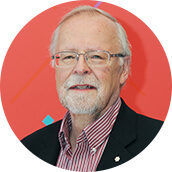 About the Author
About the Author
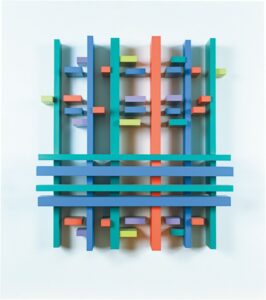 More Online Art Books
More Online Art Books
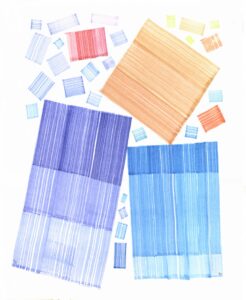 Acknowledgements
Acknowledgements